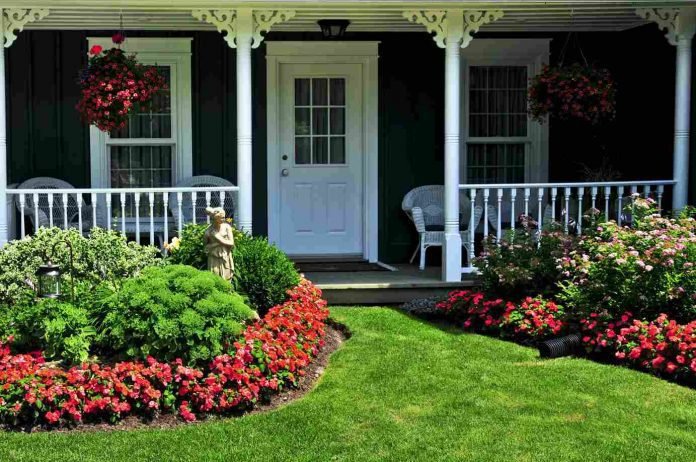Last Updated on July 18, 2024 by Asfa Rasheed
Table of Contents
Have you heard of the term “winter kill?”
Winter kill sounds ominous, and it sure is, for your lawn! If you’ve wondered about the question, “does grass die in winter,” the answer is yes. And you have winter kill to blame for what could be an unfortunate ending to the dream of having a luscious green lawn come spring.
Fortunately, you can prevent winter kill with proper winter lawn care. But first, you need to learn about what the harsh winter cold can do to your grass. Here’s what you need to know about grass winter kill and what you can do about it.
Does Grass Die in Winter: How the Cold Weather Can Affect Your Grass
There are different ways in which the drop in temperature can have harmful effects on the health of your lawn.
Snow usually helps to insulate the soil, but uncovered grass can lose moisture and oxygen due to the cold and dry winds. Furthermore, a sudden hard freeze, such as after a drizzle, can damage the roots and impair their ability to replenish lost moisture.
Crown hydration and freezing temperatures can result in dying grass, especially if your lawn has poor drainage. The water absorbed by the grass crowns undergoes fast expansion as it freezes, damaging the cells. You can keep crown hydration at bay by yard grading and berm installation, which are some of the Snaza Landscaping services you can avail of.
Winter Grass Care
Prevention being better than cure is how you should approach lawn care in winter. You can keep your turf healthy by following the tips below.
1. Fertilize Late Fall
Lawn fertilization is one of the best ways to prepare for winter. Your grass will need the extra nutrients to withstand the effects of cold weather. A weakened lawn has a low chance to survive extreme temperatures, but fortifying it with fertilizers will help.
2. Aerate the Soil
Compacted soil can lead to water pooling on the surface, promoting crown hydration and the dreaded winter kill. Aerating decreases compaction to help water infiltrate easier into the ground. Aeration also helps to ventilate the grass and avoid moist conditions conducive to snow mold growth.
3. Winter Landscaping
Get rid of any debris that can block the sunlight and trap moisture by raking or blowing them off. Improve your lawn drainage by adding a berm or regrading your yard. Fill up sunken or sloped areas with soil to prevent water from collecting inside them.
On your late cuts of the season, lower the height of your mower a notch or two. Keep the grass short but take care not to scalp your lawn. Long grass is more susceptible to diseases and damage from freezing and thawing.
How to Bring Back Dying Grass
In most cases, if the damage isn’t extensive, the grass will recover on its own, but it’s going to take some time. If you prepared well for the winter, your turf has a fair chance of regaining its health. However, reseeding or resodding may be your only recourse for widespread damage.
Thwart Winter Kill and Protect Your Lawn
Does grass die in winter? Yes, but there are ways to prevent it from happening. Follow the tips in this post so you can continue to enjoy a healthy lawn when winter finally comes to an end.
For more home improvement tips, feel free to browse our site.
















